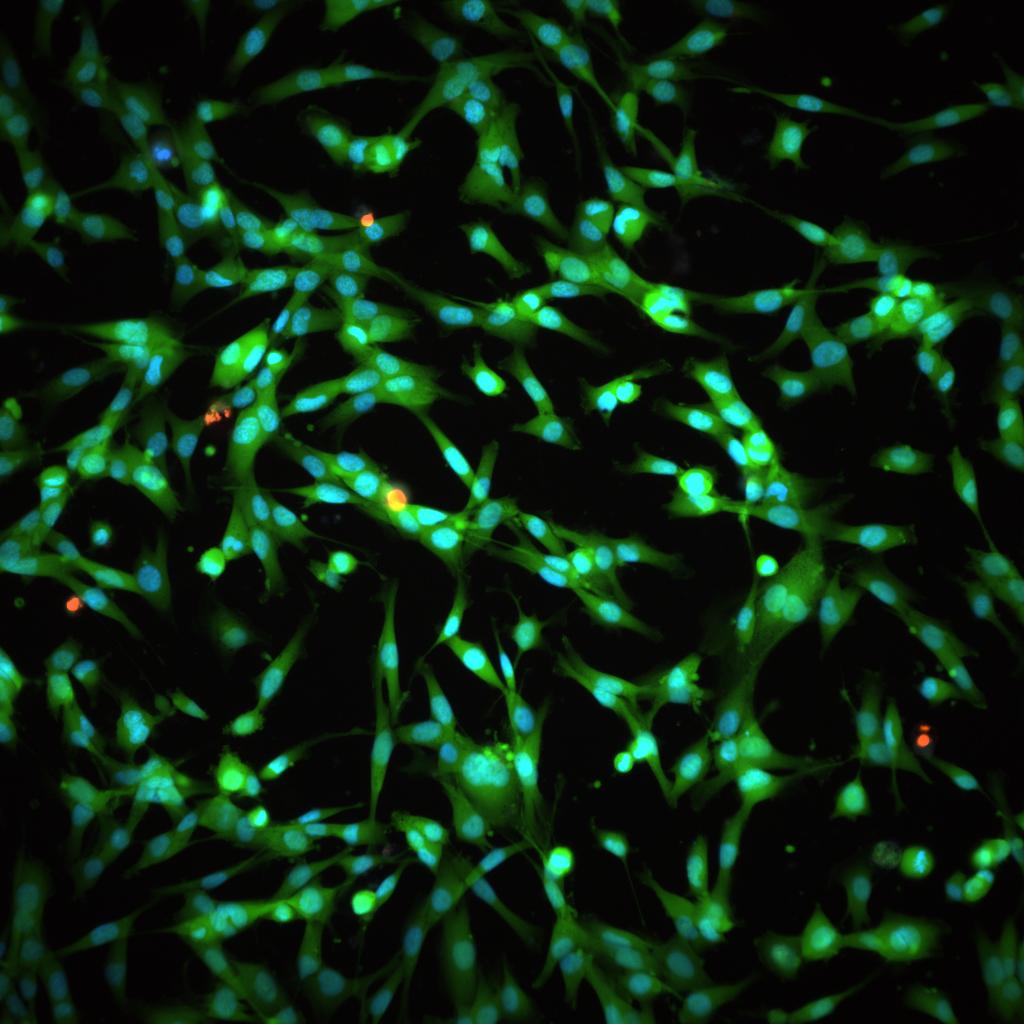
Supervisory institution:
National Science Centre
Project manager:
Dr. Grzegorz Nowaczyk
Budget:
1 925 320,00 PLN
Start date:
06.2017
Duration:
48 months
Contract number:
UMO-2016/22/E/ST3/00458
Cubosomes are a new group of liquid crystal nanoparticles arousing increasing interest due to their potential use in biomedical applications. The most important features that determine their usefulness in biomedical applications are: large active surface area, biocompatibility, stable structure, and their most important feature, the ability to absorb and evenly release of both amphiphilic, hydrophobic and hydrophilic molecules. However, not only their practical application is the reason for conducting intensive study on their nature. The motivation for basic research is also the complexity and variety of their structure and still not well known interactions between cubosomes and surrounding environment.
Bicontinuous cubic structures are composed of curved lipid bilayers dividing a three-dimensional space on the intertwined, but not connected with each other water channels. On the basis of fundamental research there are still many problems related to the structure and interactions at the interfaces, which require extensive studies using high resolution physicochemical techniques. For this purpose, cryo transmission electron microscopy tomography will be used. This method allows for visualization of objects in the hydrated state, without destroying their internal structure. Proposed studies will also cover X-rays scattering measurements, viscoelastic properties as well as transport phenomena andmolecular dynamics within a liquid crystalline phase.
Bicontinuous cubic structures are composed of curved lipid bilayers dividing a three-dimensional space on the intertwined, but not connected with each other water channels. On the basis of fundamental research there are still many problems related to the structure and interactions at the interfaces, which require extensive studies using high resolution physicochemical techniques. For this purpose, cryo transmission electron microscopy tomography will be used. This method allows for visualization of objects in the hydrated state, without destroying their internal structure. Proposed studies will also cover X-rays scattering measurements, viscoelastic properties as well as transport phenomena andmolecular dynamics within a liquid crystalline phase.

Simulated images of cubosome. Red and blue arrows indicate water channels inside cubosomes. (Demurtas, Guichard et al. 2015)
Produced nanocoloids will be also a subject of modification trough the addition of contrast agents such as graphene quantum dots and core-shell nanocrystals or superparamagnetic iron oxides. Their usefulness as contrast agents will be further determined by fluorescence confocal microscopy and magnetic resonance imaging.
The results of the project will contribute to the research of self-organizing liquid crystal systems on their structure, molecular dynamics and possibilities of the use of such advanced forms for drug delivery and as contrast agents.
Demurtas, D., P. Guichard, I. Martiel, R. Mezzenga, C. Hebert and L. Sagalowicz (2015). "Direct visualization of dispersed lipid bicontinuous cubic phases by cryo-electron tomography." Nat Commun 6: 8915.


